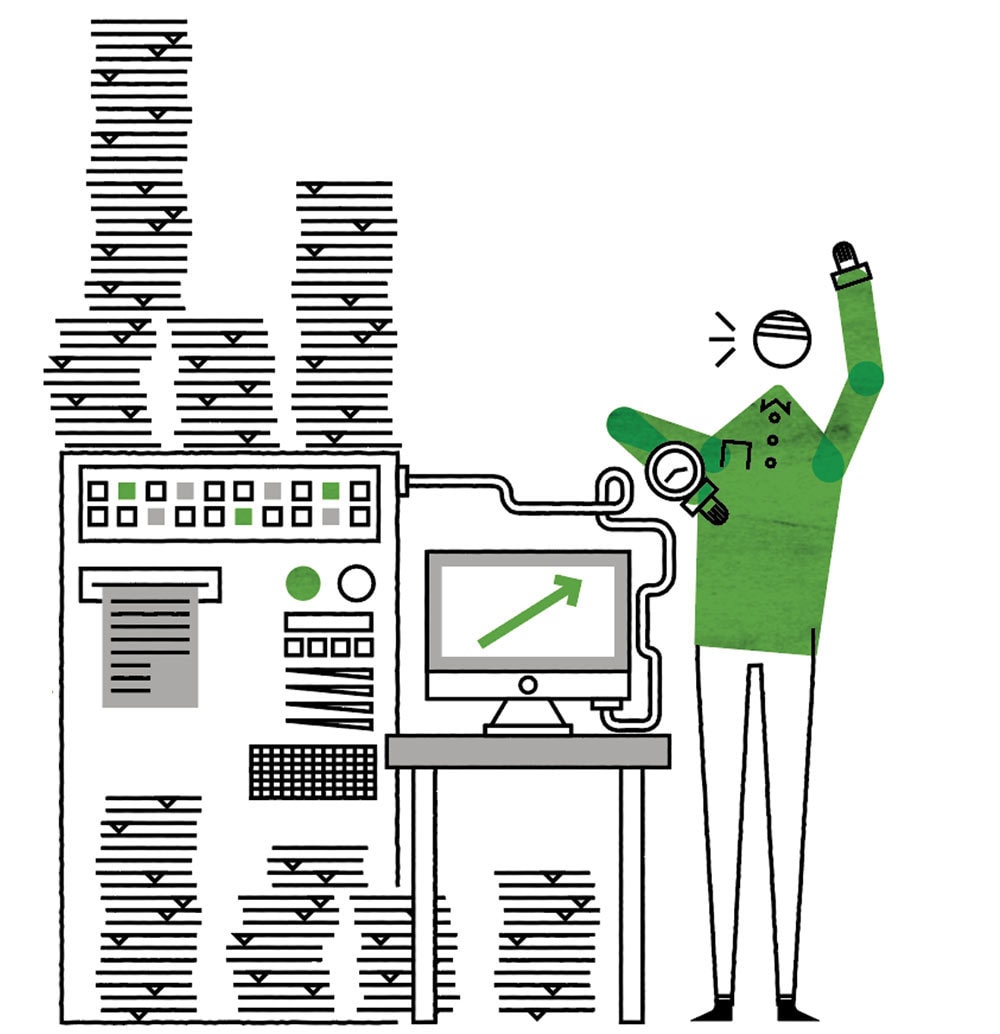- UK Impact Report
- NWE Reports
Stories of our impact
Mission possible
How do you achieve the unachievable? Simple – you build a bot.
When it comes to overseas business travel, there’s a lot to consider. It’s not just tickets and toothbrushes, there are tax implications, social security issues, immigration laws...

For multinational companies, compliance can be time-consuming. But thanks to our colleagues from Tax Innovation and Global Employer Services, and some very helpful robots, that looks set to change.
Auto pilot
In today’s digital age, people can work anywhere. And while that’s signalled a slow decline in expat assignments, there’s been a very sharp rise in shorter trips.
Our pre-assessment tool already allows clients to input information about individual journeys – for instance destination, duration, passenger nationality and reason – and see their compliance risks via a dashboard. But could it be done on a much larger scale? Could we provide the same analysis when tens of thousands of trips are involved? The answer lies in robotics process automation – or software robots.
In February, we used historical client records to test the tech’s potential. A single robot processed 7,500 trips featuring 142,500 fields in 41 hours – that’s just 20 seconds for each form. A person would have taken 17 weeks to analyse that amount of information.

On the back of this pilot, a second test saw five robots operate around the clock on 20,000 records. “The robots took five days to get the job done. A human would have had to work eight hours a day, five days a week for over a year to do it,” explains Associate Director Beverly Rognaldsen, who specialises in tax technology. “The only way to provide this service is to automate it.”
Thinking outside the bots
The technology is particularly valuable when assessing immigration risk. While tax obligations can be dealt with retrospectively, business travellers must comply with immigration rules when they cross borders. This increases the need for employers to get it done, and get it right.
"The robots took five days to get the job done. A human would have had to work eight hours a day, five days a week for over a year to do it.”
Robots are now working on 17 tax processes. As well as time and cost savings for clients, automation reduces the likelihood of mistakes happening and allows our people to focus on more advisory work that can provide greater value and insight to the clients.
Tax Director Deepinder Lamba says: “This has made the impossible possible. Clients want the information quickly, so they can quantify the risks and see how urgent the problem is.
“Previously, we simply wouldn’t have been able to help. Now, we have a proposition that is fast, efficient and error-free.”
More stories like this
